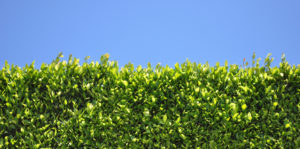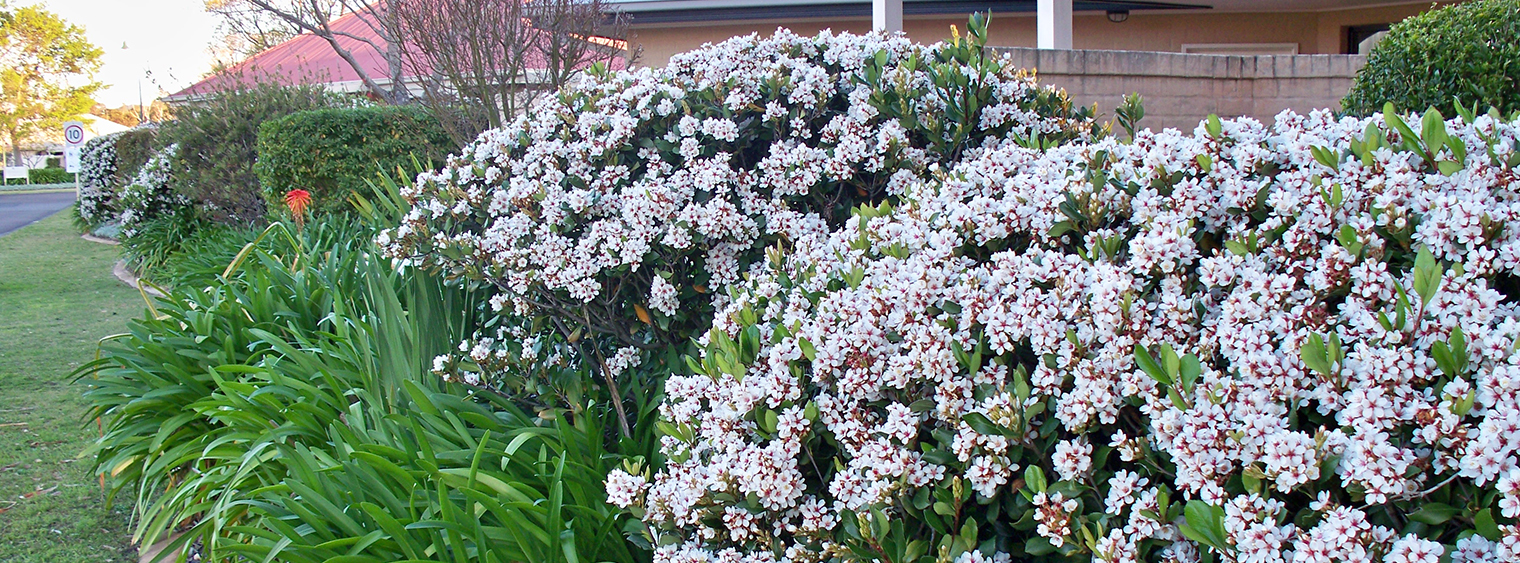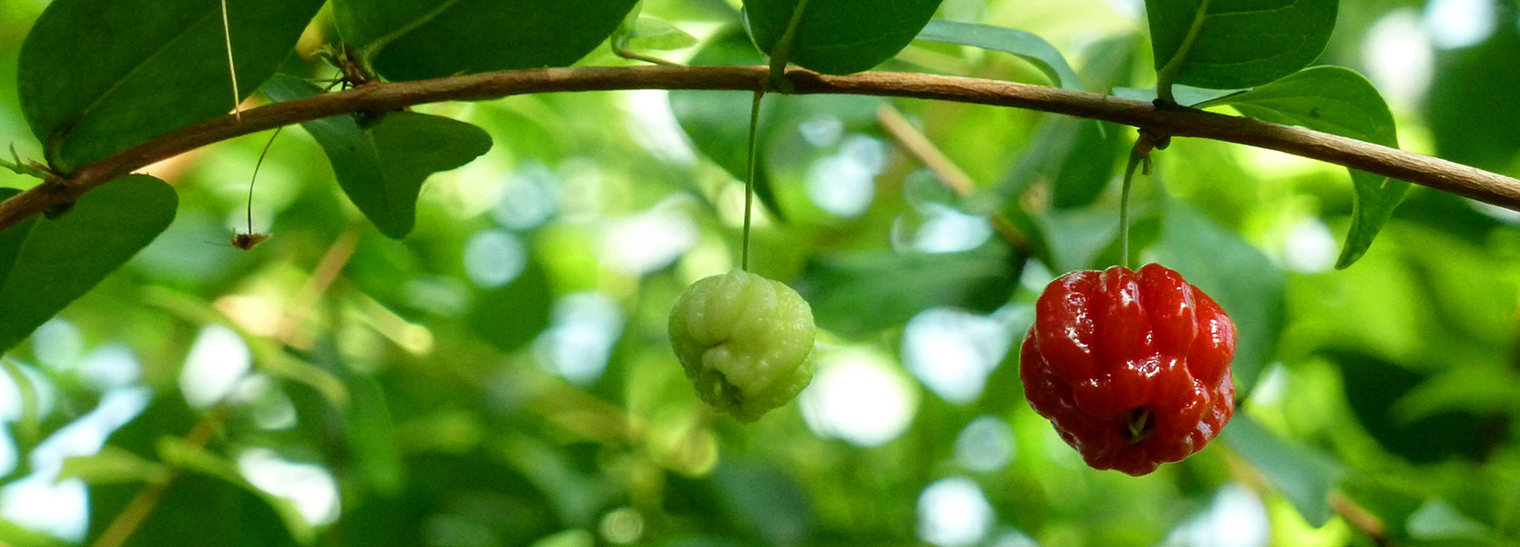Lots of folks are quick to assume that hedges aren’t particularly eye-catching— we often imagine those perfectly manicured, flat-topped green hedges. The truth is, there is a wide variety of colorful hedge plants with interesting variegated foliage and vibrant blossoms. Whether you’re looking for a shorter ornamental hedge to plant directly alongside your home or something taller to act as a privacy border all around your property, there are plenty of options available in Fort Lauderdale.
Our Top Picks for Florida Hedge Plants
Check out some of these distinctive hedge plants that will elevate your landscape design to a whole other level of gorgeous:
Cocoplum ‘Red Tip’
There is so much to love about this multi-colored hedge plant native to Fort Lauderdale. Since it grows here naturally, it’s more low-maintenance than typical hedge plants, and it even produces edible fruits that make for some pretty tasty jam! The small, rounded leaves are a vivid, lime green color, but new growth starts out as a tomato red shade, giving this hedge plant beautiful color contrast and added dimension. Its small white flowers are a bit more subtle, but nonetheless lovely and, at maturity, these hedge plants can grow as high as 15 feet (although, most people keep them pruned to about 4-5 feet high instead).
When planting, space the plants out 3-4 feet apart and at least 3 feet away from the side of your house. Water new plantings at the plant base regularly but allow the soil to dry out between watering. Fertilize once in March, once in June, and once in September each year. The shrubs are low maintenance once established.
Indian Hawthorn
In spring, this hedge plant sports cool, blue-green foliage and bubblegum pink blossoms, little blue berries in summer, and in winter, the leaves transition to a deep purple shade. Needless to say, there will be no shortage of color if you add some of these hedge plants into your landscape. Indian hawthorn requires little to no pruning, as it grows neatly rounded all on its own, provided it gets lots of sunshine. And, if you live along the coast, this is a fantastic hedge plant option, because it’s super tolerant of ocean salt spray! When you first plant Indian hawthorn, mix some compost into the soil (especially if your soil is sandy) and water it generously for the first couple of months until its roots are firmly established. Fertilize once every spring and once every fall.

Japanese Plum Yew
If your yard is a bit on the shady side, this is the hedge plant for you. Japanese Plum Yew is a gorgeous evergreen hedge plant that can easily tolerate shade and is pretty drought-tolerant, too, at least after its roots are well-established. It does best in slightly acidic soil with lots of organic matter mixed in to improve drainage. Depending on what size of hedge plants you’re looking for, there are a few different cultivars of Japanese Plum Yew that grow in different habits.
For taller, skinnier hedge plants that can be grown close together, the ‘Fastigiata’ variety is great, but for something a bit shorter to use as a foundation planting, the ‘Prostrata’ variety is a winner. As far as growth goes, it’s a bit on the slower side, but the luxurious emerald foliage is well worth the wait.
Florida Privet
As you can probably guess by the name, these fabulous evergreen hedge plants are also native to Florida. They’re perfect for shorelines, because not only are they tough against salt, but they’re also highly resistant to damage from hurricanes and heavy winds! The slender, green leaves are decorated with little clusters of chartreuse flowers, followed by deep purple berries that birds love.
Florida privet grows quite quickly, so if you’d like a nice, tall privacy shrub in a short amount of time, these hedge plants will reach up to 15 feet tall in no time. They prefer full sun and, while they can withstand both moist or dry sandy soils, they will do best with a humus-rich soil surface or an added layer of mulch around its base.
Surinam Cherry
These South American hedge plants produce some of the prettiest fruits ever— seriously, they look like strings of rainbow patio lights! The little, round, lobed fruits grow in clusters, transitioning in color from green to yellow, then orange to red, and finally to nearly-black purple as they mature. They have quite a distinctive taste—not at all like actual cherries—that you’ll either love or hate, but you’ll definitely want to wait until they reach that dark purple or blood-red sweet spot, or else you’ll be in for a shockingly sour surprise.
Surinam cherries can handle pretty much any type of soil, from sand to loam to clay, but they aren’t too tolerant of salt, so don’t plant them too close to the seaside. It can be a bit of an aggressive grower, so try to prune it regularly so it doesn’t spread and threaten any surrounding plants.
Gold Mound
Electric yellow leaves make this Florida hedge a guaranteed attention-grabber. If you really want to make a splash with your hedge plants, you can plant gold mound as a border shrub or foundation plant, but lots of people like to use it as an accent plant since the color is pretty saturated.
Plant gold mound with 3 feet of space all around the base of each plant, in an area with lots of sun and excellent soil drainage. Water it whenever the soil dries out, and fertilize three times a year— in spring, summer and fall. It typically grows to about 3 feet tall, and a thorough pruning once every spring will help keep it looking tidy.
There’s no shortage of beautiful, vibrant hedge plants to include in your landscape design here in Fort Lauderdale. If you’re aiming for stylish flair, function, or a bit of both, you’ve got quite a number of options. Visit us at Living Color Garden Center, and our experts will gladly help you in choosing just the right hedge plants to frame your yard with the perfect color palette, texture, and style!
For another great tree to add to your landscape, check out our blog on caring for crepe myrtles!



